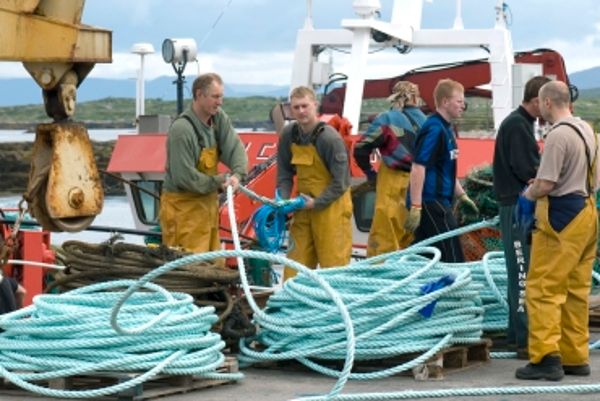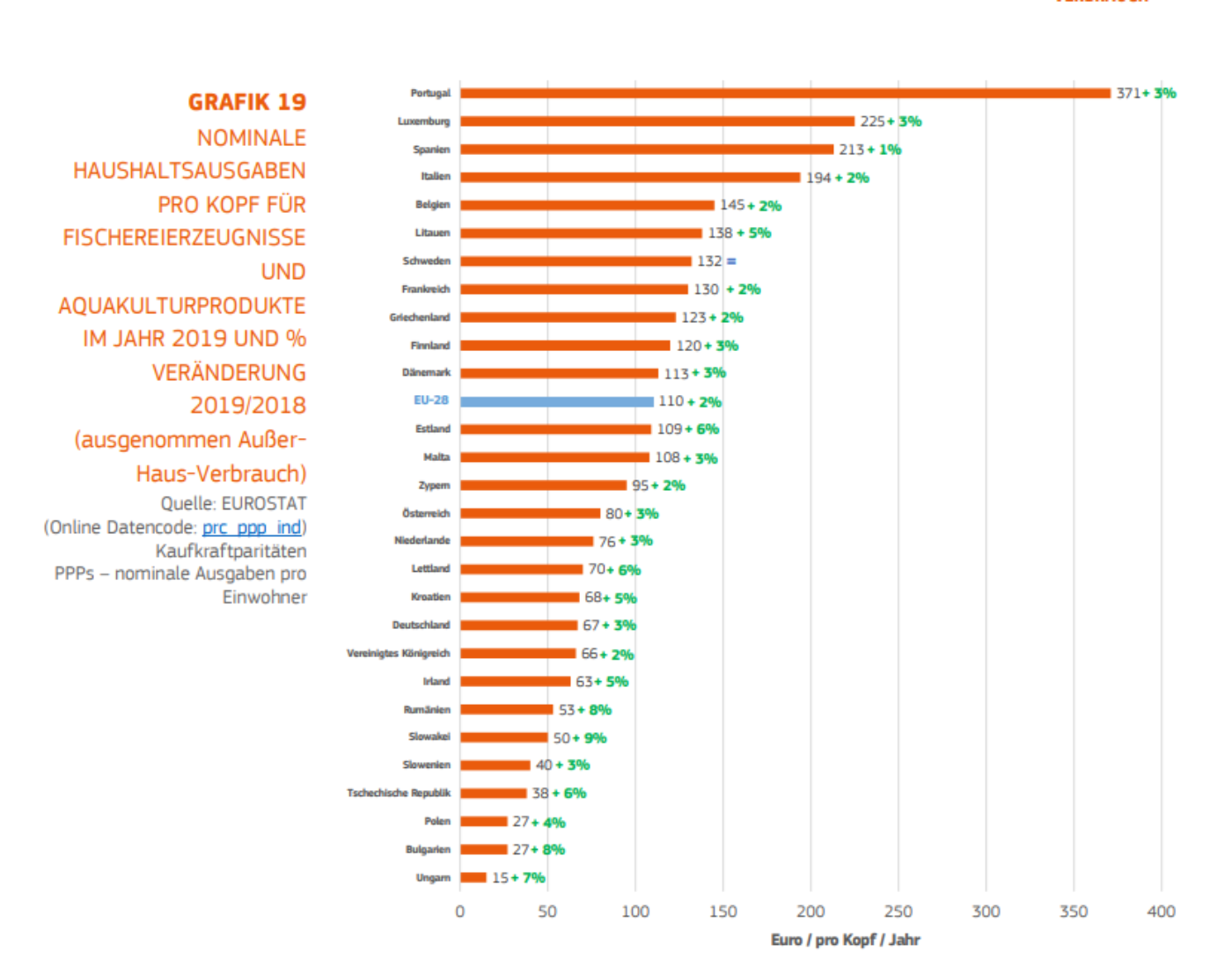Fisheries as an important policy area of the European Union

The Directorate General Maritime Affairs and Fisheries in the European Commission acts as driving force of a sustainable European fisheries Policy.
The Mediterranean, the Baltic and North Seas, the Atlantic Ocean and the Black Sea constitute a basis of living and working for many Europeans: thanks to fisheries, tourism in coastal areas or the exploitation of oil and gas resources.
The Directorate General for Maritime Affairs and Fisheries in the European Commission is responsible for the protection of the European seas and oceans. By effectively implementing the EU’s Integrated Maritime Policy (IMP) and the Common Fisheries Policy (CFP) in cooperation with local, regional, national and international partners, a sustainable development of the EU’s maritime economy is to be ensured in the long term, while at the same time preserving natural ecosystems. The needs of today’s fishing industry must be satisfied without putting fish stocks at risk for future generations. Furthermore, Europe’s coastal municipalities are to be maintained as attractive residential areas and workplaces.
Common Fisheries Policy as a key element
By means of the Common Fisheries Policy (CFP) fisheries is regulated for the benefit of fishermen and consumers. The relevant EU measures cover basically the following fields: Fish stock conservation and its controls, structural measures and the smooth functioning of markets. The common organisation of the markets in fishery and aquaculture products takes an important role in the main components of the Common Fisheries Policy.
Cooperation beyond the borders of Europe
In the context of international relations in the field of fisheries the European Commission is entitled to enter into obligations vis-à-vis third countries or international organisations in fisheries issues: On behalf of the Union fisheries agreements with third countries are negotiated and the European Commission participates in numerous regional fisheries organisations (RFO). This is to ensure that, all over the world, water bodies are managed within a regulated, transparent and sustainable legal framework and are not overfished.
At the same time the agreements offer EU fishermen access to far-away catching areas and thereby help ensure the supply of the EU market with fish. In compensation, these non-EU countries, which often are developing countries, get funds for their fisheries industry and the development of their fish stocks.
Aquaculture as a fish supplier
Aquaculture is nowadays an important factor to meet the constantly rising demand for fish and seafood in the EU. A quarter of the fish and seafood produced in the EU originates from fish farms or other types of aquaculture. Mussels, rainbow trout and Atlantic salmon are the major breeds in terms of tonnage, followed by oysters, porgy, carp, Venus shell, and sea bream.
From fisheries to maritime Policy
Environmental aspects have always been included in the EU fisheries policy. A more holistic maritime policy developed which involves all types of use of our water bodies. The superordinate goal is to achieve both economic progress and environmental sustainability and thus to contribute to the Europe 2020 Strategy. The Integrated Maritime Policy deals with maritime transport, the competitiveness of the maritime economy, employment, research, fisheries, and the conservation of the maritime Environment.
